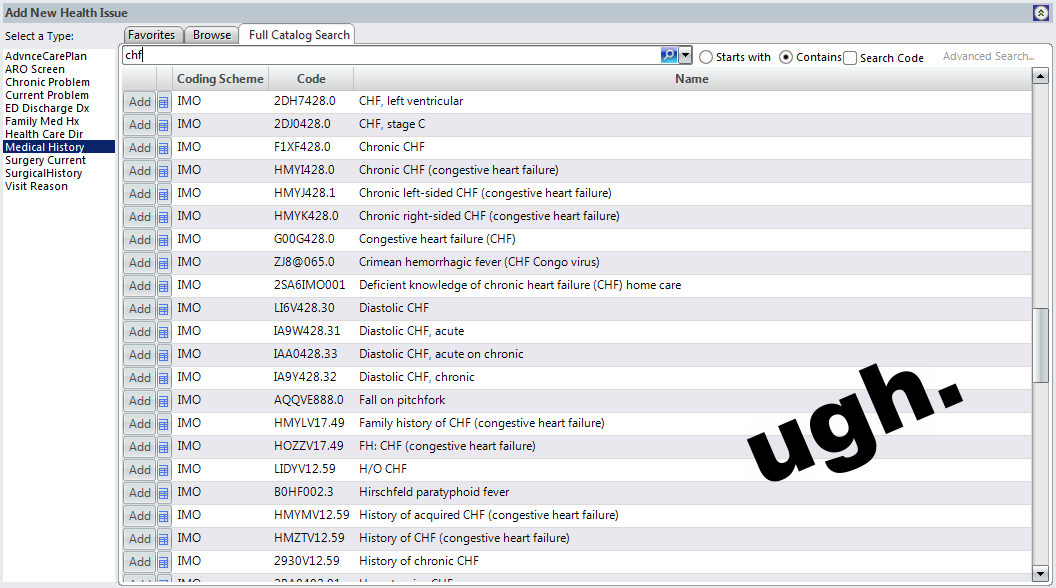Hospital Entrances & The Patient Experience
Problem
Those who require medical care are a combination of sick, frail, and/or elderly. The distance from the parking lot to the hospital is further than many are able to walk. They are limited by their heart failure / chemotherapy nausea / foot infection / fatigue / and bad weather.
Multiple family members are required to coordinate bringing patients to appointments at the hospital.
Before even leaving the home, there is difficulty lifting and fitting the wheelchair in the car. Once at the hospital one has to seek out which entrance has the closest walking distance to the door.
In a typical parking loop one has to double park and idle. This creates problems unloading patients and wheelchairs from the car. Entrances are rarely covered well enough to protect from snow and ice.
Once disembarked, there is nowhere for the patient to sit as they wait for their friend to park the car. Planters, curb-sides, and retaining walls must do. Some patients have anxiety waiting alone.
In addition to the cost of parking, there is even greater worry from families that they will be unable to find a parking spot if the lot is full. These concerns are legitimate. The photo below shows the typical morning lineup of cars waiting for spots to open in our parking lot.
Although this is a photo, the video looks the same
Suggestion
Hospitals should have an entrance explicitly designed for dropping patients off. It may include:
1. Large covered parking area to keep out snow and rain.
2. A single direction of traffic to improve safety
3. Angled parking spots (55-60 degrees). They are easier to park in than 90 degrees, and safer and more space efficient than double parking at the curb-side.
4. Volunteers from the hospital to help patients out of their car and into a wheelchair, if required. The staffing of the area should match the time of day and demand. After hours someone should be paid to do this when volunteers are not available.
5. A sitting area immediately inside where patients can wait. Volunteers around in the area.
6. (optional) A valet available to park cars for those that wish to use the service. A back of napkin calculation suggests such a service could be run cost neutral for the hospital. [1]
Thanks to: Kevin Brown and his continued interest in parking loops, and my grandmother for sitting on the retaining wall when waiting at the hospital.
Notes
[1] A Canadian hospital recently implemented valet parking. Such service is already used in the USA.



